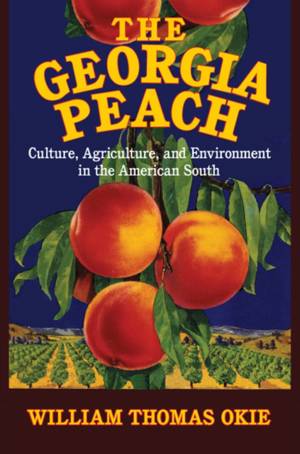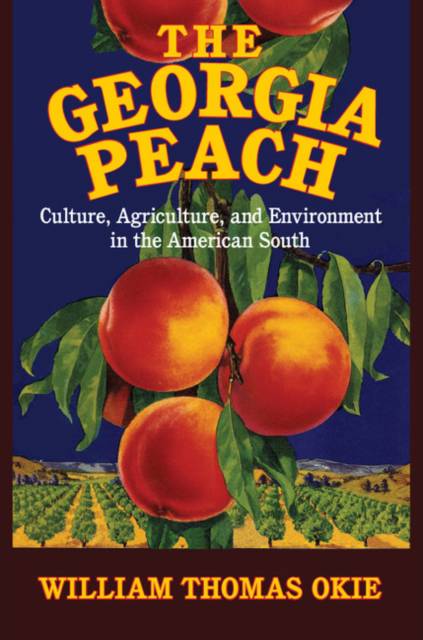
- Afhalen na 1 uur in een winkel met voorraad
- Gratis thuislevering in België vanaf € 30
- Ruim aanbod met 7 miljoen producten
- Afhalen na 1 uur in een winkel met voorraad
- Gratis thuislevering in België vanaf € 30
- Ruim aanbod met 7 miljoen producten
Zoeken
€ 46,45
+ 92 punten
Uitvoering
Omschrijving
Imprinted on license plates, plastered on billboards, stamped on the tail side of the state quarter, and inscribed on the state map, the peach is easily Georgia's most visible symbol. Yet Prunus persica itself is surprisingly rare in Georgia, and it has never been central to the southern agricultural economy. Why, then, have southerners - and Georgians in particular - clung to the fruit? The Georgia Peach: Culture, Agriculture, and Environment in the American South shows that the peach emerged as a viable commodity at a moment when the South was desperate for a reputation makeover. This agricultural success made the fruit an enduring cultural icon despite the increasing difficulties of growing it. A delectable contribution to the renaissance in food writing, The Georgia Peach will be of great interest to connoisseurs of food, southern, environmental, rural, and agricultural history.
Specificaties
Betrokkenen
- Auteur(s):
- Uitgeverij:
Inhoud
- Aantal bladzijden:
- 316
- Taal:
- Engels
- Reeks:
Eigenschappen
- Productcode (EAN):
- 9781107071728
- Verschijningsdatum:
- 22/11/2016
- Uitvoering:
- Hardcover
- Formaat:
- Genaaid
- Afmetingen:
- 158 mm x 239 mm
- Gewicht:
- 566 g

Alleen bij Standaard Boekhandel
+ 92 punten op je klantenkaart van Standaard Boekhandel
Beoordelingen
We publiceren alleen reviews die voldoen aan de voorwaarden voor reviews. Bekijk onze voorwaarden voor reviews.











